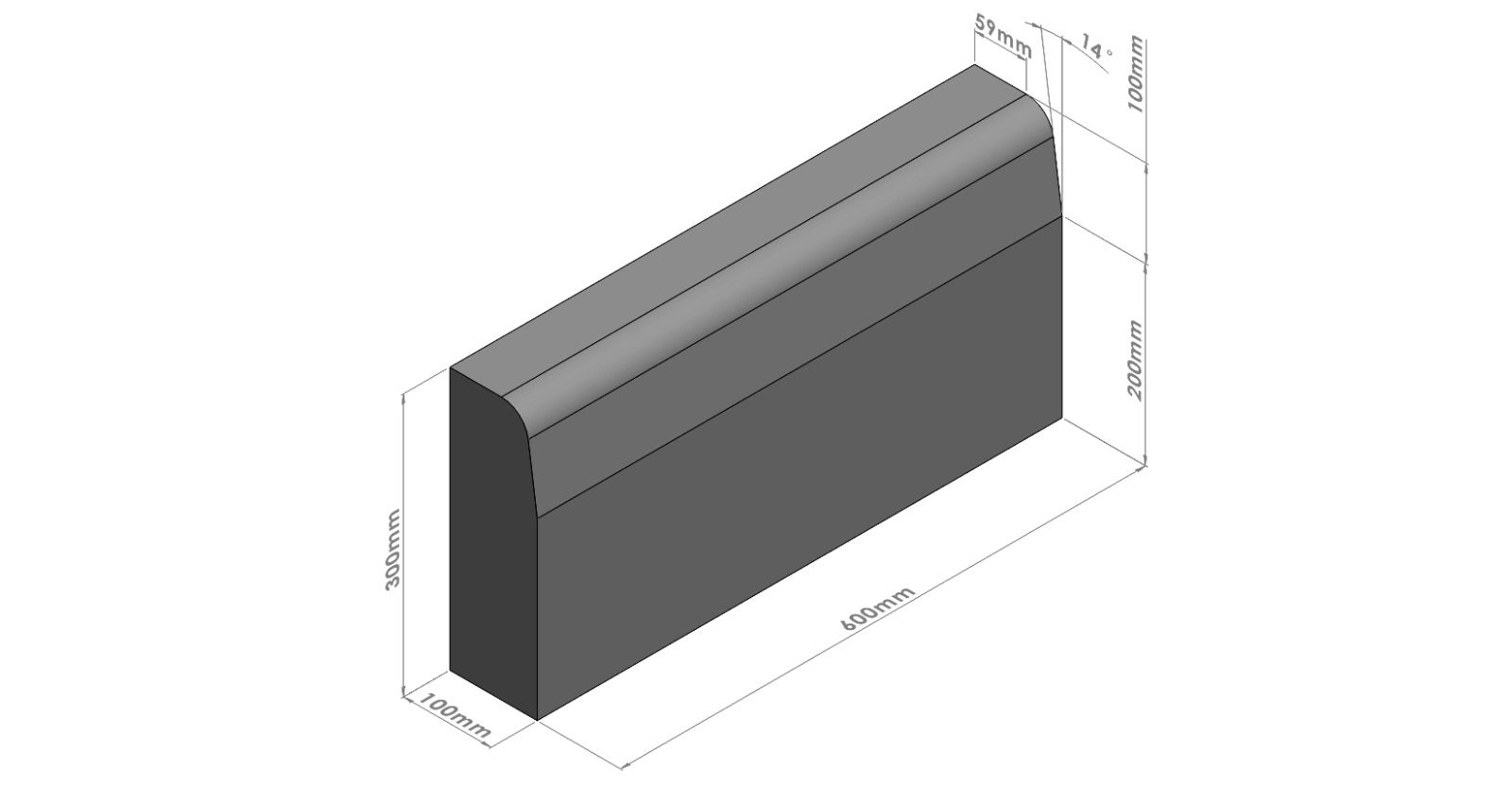Half Better Kerbs
using Designopavers half-battered curbs for an elegant, sleek appearance in urban design or landscaping. When it comes to creating a refined or sophisticated look in public spaces, roads, or even driveways, a half-battered curb can indeed offer a smooth, visually appealing transition between the roadway and the sidewalk or landscape.
Why Half-Battered Curbs Are Elegant:
-
Subtle Slope: The slight slope of a half-battered curb (less steep than a full batter) gives it a gentler, more refined aesthetic. The smoothness avoids the harsher, more angular look of traditional vertical curbs.
-
Clean Lines: The angled profile creates a sleek, modern silhouette that can complement contemporary architecture or landscaping designs.
-
Better Integration: The half-battered curb integrates seamlessly with landscaped areas or softscapes like grass, flowers, or shrubs, while still keeping a boundary. It looks more intentional than a rigid, vertical curb.
-
Softened Edges: For areas that prioritize elegance, such as luxury residential properties, upscale commercial districts, or high-end parks, the half-battered curb softens the boundary between hardscapes and softscapes, making the transition feel more natural.
-
Improved Flow and Function: Beyond its aesthetic qualities, the slightly sloped design can offer practical benefits, like improving drainage, which might be a consideration for elegant garden spaces or areas with high pedestrian traffic.
Where They Work Best:
-
Driveways: A half-battered curb can lend a sophisticated look to private estates or upscale developments.
-
Public Squares & Parks: These curbs provide an elegant demarcation while blending in with landscaped greenery or decorative features.
-
Pedestrian Walkways: Especially when paired with decorative paving or cobblestones, half-battered curbs keep a smooth visual flow.
-
Urban Streets: In cities with modern architecture or heritage districts, half-battered curbs offer a balanced contrast to more rigid, utilitarian urban elements.


